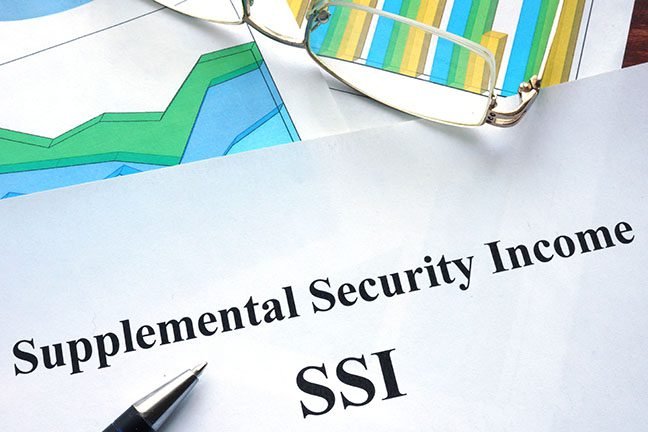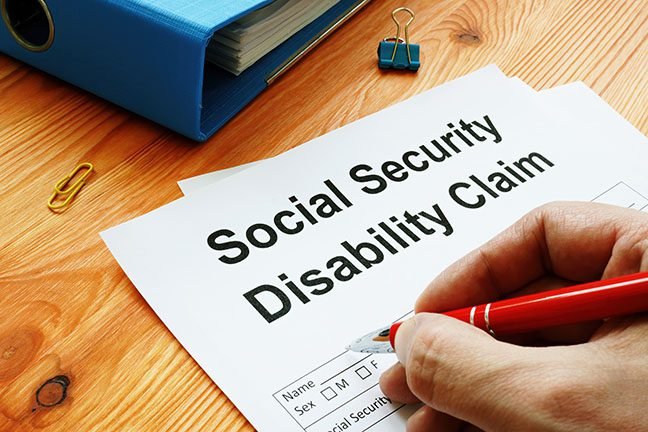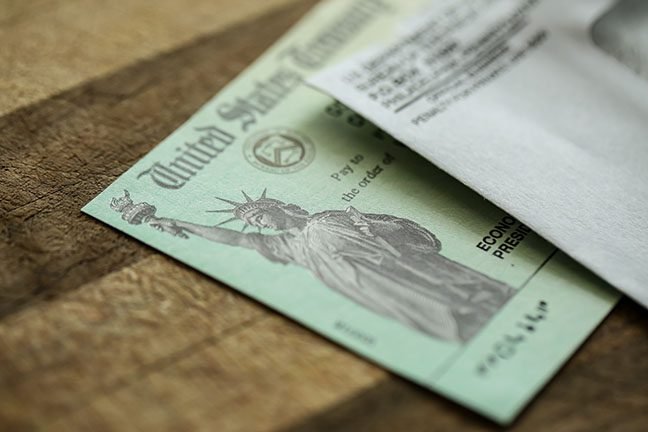As a permanent resident or immigrant to the United States, you may be eligible for disability benefits from the Social Security Administration (SSA) if you have a serious medical condition that prevents you from working. The two main programs that provide disability benefits are Supplemental Security Income (SSI) and Social Security Disability Insurance (SSDI). While both offer financial assistance, it is important to understand what’s the difference between SSI and SSDI benefits.
What is Supplemental Security Income (SSI)?
Supplemental Security Income (SSI) program provides monthly payments to people who are 65 or older, blind, or disabled and have very low income and few resources. SSI is funded by general tax revenues, not Social Security taxes.
To qualify for SSI as an immigrant, you must:
- Be 65 or older, blind, or meet the SSA definition of a disabled person
- Have very limited income and resources (less than $2,000 in assets for individuals, $3,000 for couples)
- Be a U.S. citizen or “qualified alien” (permanent resident, refugee, asylee, etc.)
- Live in one of the 50 states, District of Columbia, or Northern Mariana Islands
- Apply at your local Social Security office
The maximum monthly federal SSI disability benefits for an individual in 2023 is $914. Some states add to the federal payment, so the total monthly benefit can be higher depending on where you live.
SSI payments can begin as early as the first full month after you’ve filed your application.
Additional Government Programs for SSI Recipients
In addition to monthly cash payments, being approved for Supplemental Security Income (SSI) can open the door to other assistance programs.
Most SSI recipients automatically qualify for Medicaid health coverage in their state. Medicaid covers doctor visits, hospital care, prescription drugs, and more for low-income individuals.
SSI recipients may also be eligible for food stamps, known as the Supplemental Nutrition Assistance Program (SNAP), which provides money each month to buy groceries.
Other programs that SSI recipients may qualify for include assistance with home energy bills through the Low Income Home Energy Assistance Program (LIHEAP), subsidized housing through HUD, and free phone service through the Lifeline and ACP Program.

What is Social Security Disability Insurance (SSDI)?
Social Security Disability Insurance (SSDI) pays benefits to disabled or blind people who have worked long enough and have been paying Social Security taxes. SSDI is an insurance program funded by the Social Security trust fund.
To qualify for SSDI as an immigrant, you must:
- Meet the SSA definition of disability
- Have worked and paid Social Security taxes for a certain number of years based on your age
- Be a U.S. citizen or permanent resident
- Apply at your local Social Security office or online
Work History and Disability Benefits Amounts
In most cases, you must have worked at least 10 years (40 credits) to qualify for SSDI. Younger workers may qualify with less work experience. The amount of your SSDI benefit is based on your lifetime average earnings. In 2023, the average SSDI payment is $1,358 per month and the maximum monthly benefit is $3,627.
There is a 5-month waiting period before SSDI disability payments start after the SSA decides you have become disabled. Back payments can go back 12 months from the application date. After 24 months of SSDI payments, you automatically qualify for Medicare health insurance.

SSI vs SSDI: Key Differences
While both SSI and SSDI pay benefits, there are some important contrasts:
- SSI is a needs-based program with strict income and resource limits. SSDI has no income or resource requirements.
- SSI does not require any work history. SSDI requires you to have worked and paid Social Security taxes for a number of years.
- SSI payments are lower than SSDI. The average SSI payment is $624 vs. $1,358 for SSDI.
- SSI recipients get Medicaid. SSDI recipients get Medicare after a 24-month waiting period.
- SSI benefits can start immediately after approval. SSDI has a 5-month waiting period before payments begin.
Both Programs are Managed by the Social Security Administration
The Social Security Administration (SSA) is a U.S. federal agency that administers several social insurance programs, including disability benefits. The SSA oversees both the Supplemental Security Income (SSI) and Social Security Disability Insurance (SSDI) programs.
They are responsible for determining who qualifies for benefits, processing claims and applications, and managing the payment of monthly benefits.You may be able to qualify for both SSI and SSDI at the same time if your SSDI payment is low and you meet the SSI income and resource limits. This is called a “concurrent claim.”

How to Apply for SSI or SSDI
You can apply for SSDI online at the Social Security website. For SSI, you’ll need to apply in person at your local Social Security office (unless you are also applying for SSDI).
When you apply, be prepared to provide extensive medical records and information about your disabilities, work history, finances, and immigration status. The SSA will evaluate your claim to determine if you meet the strict definition of disability under their rules.
It’s important to take the time to submit a strong application with all relevant details. Most claims are denied initially, but you can appeal a denial and go through several levels of review. Having an experienced disability lawyer represent you can significantly increase your chances of approval.
What if Your SSI or SSDI Claim is Denied?
If your disability claim is denied, don’t give up! About 70% of applications are denied at first. You have the right to appeal a denial within 60 days. An appeal involves asking the SSA to take another look at your case.
As an immigrant applying for these disability programs, having a lawyer is highly recommended to navigate the complex process. An attorney can help you:
- Identify where your initial claim was lacking and strengthen your case
- Obtain additional medical evidence and functional assessments
- Present your disabling conditions clearly to the SSA
- Handle all appeals if you are denied again
Going through the appeals process can take persistence, but it is worth it to get the disability benefits you deserve. With the right legal support, many initially denied applicants end up getting approved.

Time to Apply for SSI and SSDI Benefits and Get the Financial Assistance You Need
Understanding the difference between SSI and SSDI is key to accessing the disability benefits you may be entitled to as an immigrant to the U.S. Make sure to explore both programs and get help applying from an experienced Social Security disability lawyer. With strong medical evidence and legal support, you have a good chance of qualifying if your disability prevents you from working.

